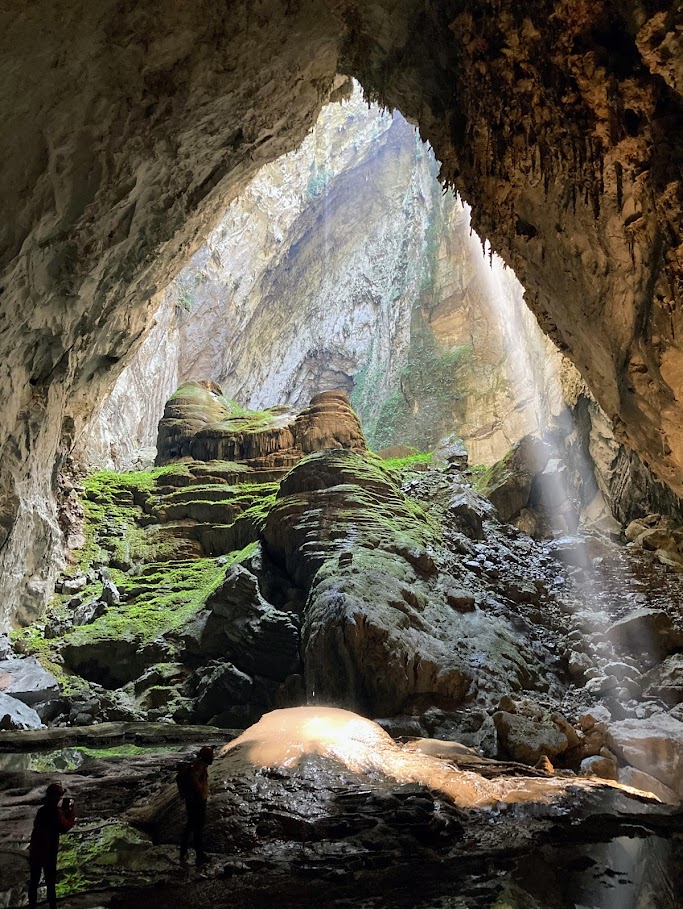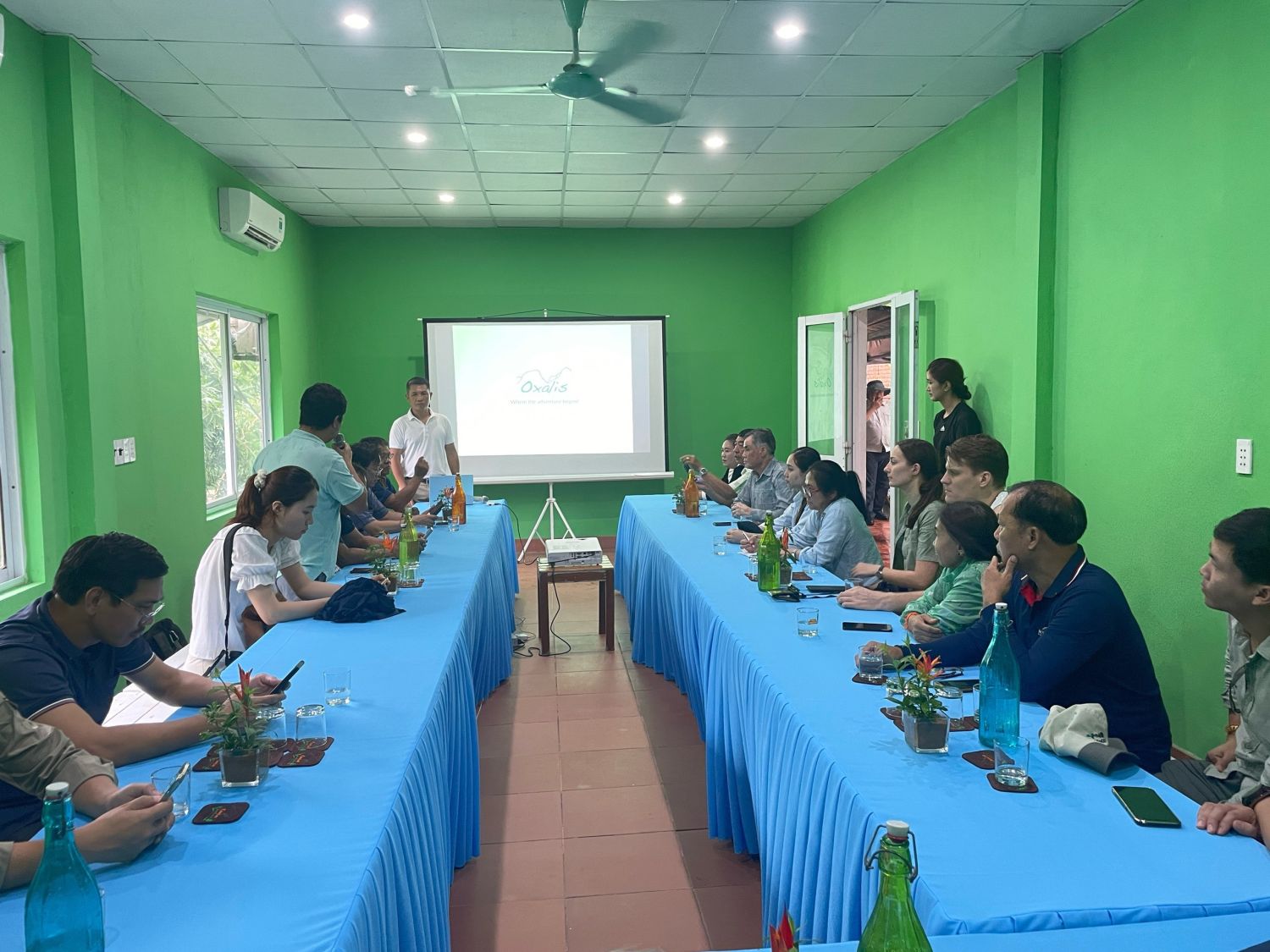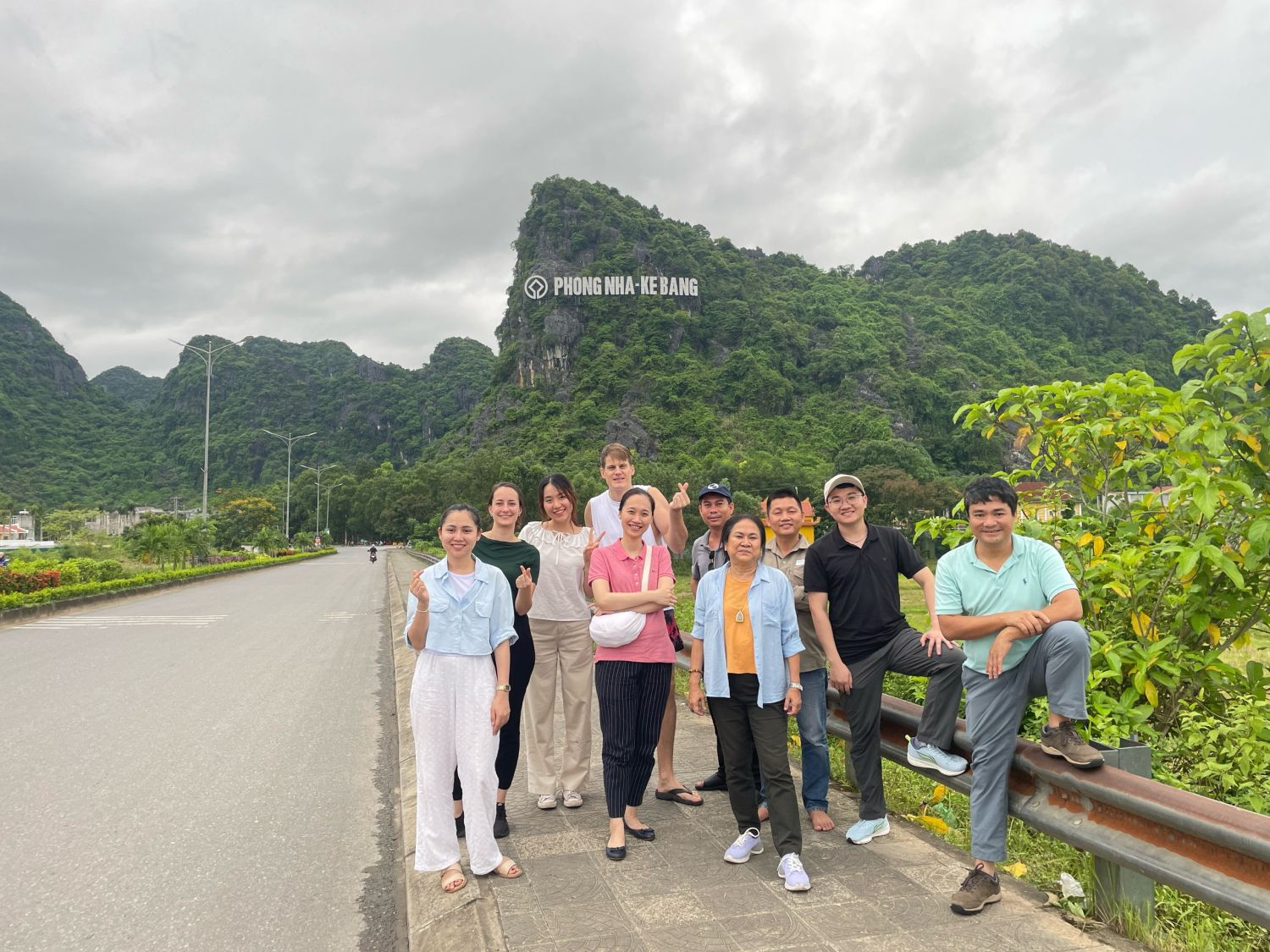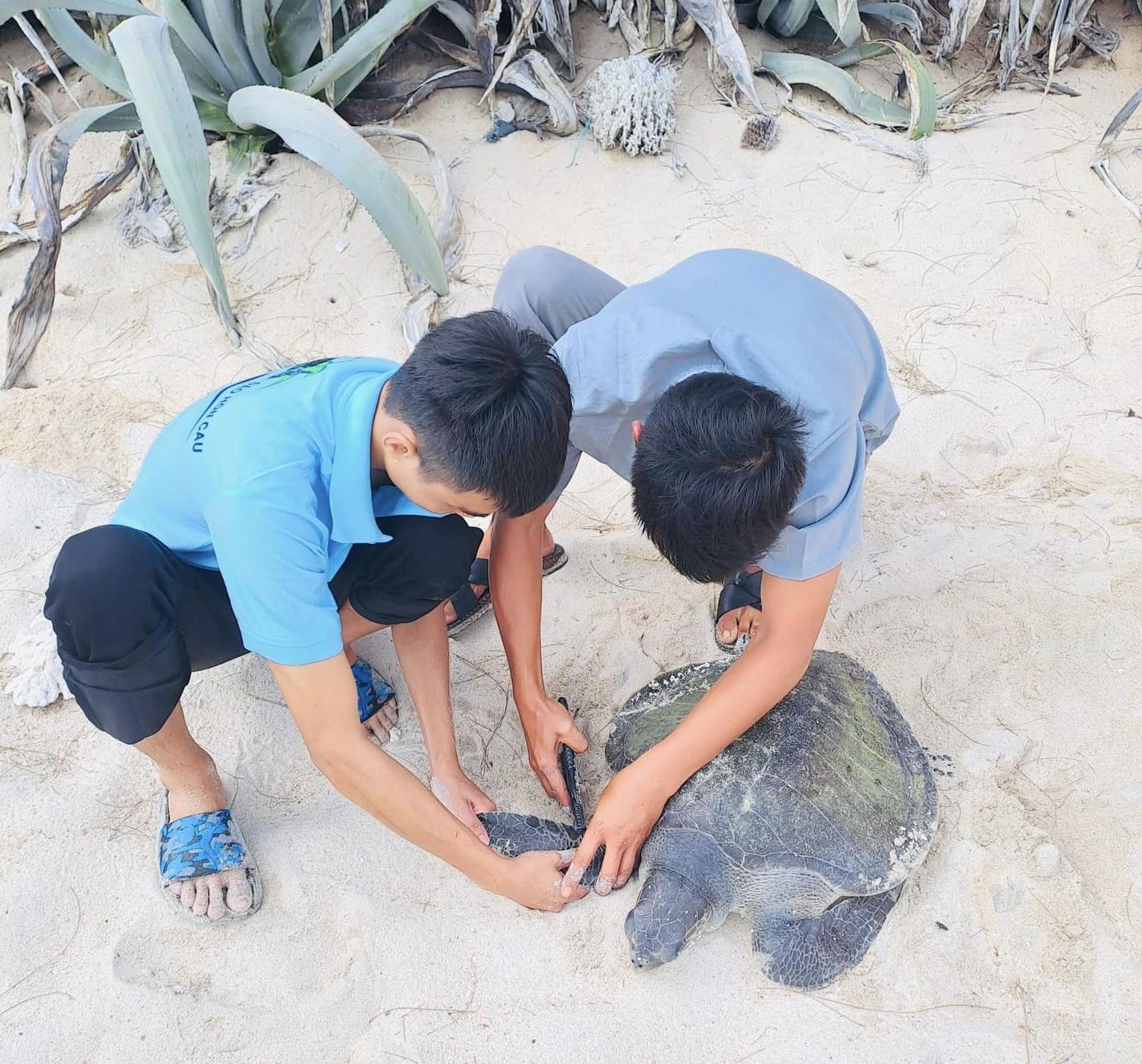Using the IUCN Green List to strengthen transboundary protected area management
On 29-31 May 2024, with support from the USAID Biodiversity Conservation Activity (BCA) and GIZ Laos (ProFEB), IUCN and GIZ organized a workshop in Dong Hoi, Quang Binh Province with participants from Phong Nha-Ke Bang (PN-KB) WHS in Viet Nam and Hin Nam No (HNN) National Park in Lao PDR. Together, these sites form one of Asia’s largest contiguous tropical karst areas under protection.
In February 2024, the dossier for HNN to be nominated as a transnational extension to PN-KB was submitted to UNESCO. The decision whether to inscribe HNN as a World Heritage Site (WHS) is scheduled to be taken at the meeting of the World Heritage Committee in July 2025. If the nomination is successful, HNN will not only be Lao PDR’s first natural WHS, but together with PN-KB the first transboundary WHS in Southeast Asia
IUCN advises UNESCO on natural WHSs. Because HNN will be a transnational extension, special attention will be paid to how HNN and PN-KB will work together to ensure effective management across the 220,000-hectare karst landscape. Since 2017, GIZ Laos (ProFEB) has supported cooperation between Lao PDR and Viet Nam on nature conservation, and since 2021, IUCN and GIZ have supported application of the IUCN Green List (GL) Standard for Protected and Conserved Areas in HNN and PN-KB. The GL will be very useful in view of the upcoming WHS evaluation to demonstrate that cooperative management is moving forward and as the basis of a transboundary action plan between the two sites, which GIZ will support.
The workshop included a series of presentations on GL and WHS, which are both global standards owned or supported by IUCN. It was clear that GL and WHS are highly complementary.
A WHS must demonstrate Outstanding Universal Value (OUV), which rests on three pillars. In the case of natural WHS, the site must meet one or more of four natural WH criteria (covering natural phenomena and landscape beauty, geological values, ecosystem processes, and biodiversity); integrity, which assesses the wholeness and intactness of the site to protect OUV; and protection and management (including governance), which assesses whether the technical, operational, and financial capacity exists to ensure that the OUV is well protected in perpetuity.
Of these three pillars, protection, management, and governance is the often the hardest to meet, particularly in countries such as Lao PDR where technical capacity is limited and government spending on protected areas is very low. In these circumstances, the GL, a global standard that assesses area-based conservation in terms of good governance, sound design and planning, effective management, and successful conservation outcomes, is well suited to demonstrating that HNN meets the high standards required for WHS.
The GL requires that extensive documentation be uploaded to COMPASS, the GL website, as evidence that indicators are met. This may take time because reports are often dispersed or missing, and a major effort may be needed to compile them. The good news is that once these documents are uploaded to COMPASS, the digital library can be used to quickly respond to inquiries from central government, international organizations, media, and others about how a site is managed.
In Viet Nam, two protected areas have been Green Listed: Van Long in 2021 and Cat Tien in 2024. Under BCA, IUCN is supporting PN-KB, Bi Doup-Nui Ba, and Bach Ma to complete and submit the dossier on COMPASS before the end of 2025. To speed up the process, IUCN has hired mentors to support PN-KB and Bi Doup-Nui Ba and may do the same for HNN (as part of the UK DEFRA Biodiverse Landscapes Fund Lower Mekong). A mentor is familiar with the park and the GL and can provide regular support for compiling documents and assisting with COMPASS. It has proved very cost-effective.
The GL is particularly useful in the case of HNN and PN-KB because of the differences in technical capacity and experience. PN-KB was designated a national park in 1993 and a WHS in 2003 and can be considered 20 years “ahead” of HNN. The GL can be used to compare management strengths and weaknesses between sites in a transparent and evidence-based manner and thereby provide a framework for advancing transboundary cooperation and fostering mutual learning and capacity building.
After HNN and PN-KB compared their GL scores, areas of cooperation emerged. In addition to joint research, biodiversity monitoring, and spatial data harmonization, perhaps the greatest immediate opportunity may be tourism. PN-KB receives about 1 million visitors annually; HNN just a few thousand. If HNN could tap into the flow of tourists to PN-KB, there would be a major benefit in terms of economic activity and employment in Lao PDR. But for this potential to be realized, a lot must happen including upgrading tourism facilities around HNN and persuading both governments to open the Ca Roong border crossing to tourists, which would dramatically reduce the travel time from PN-KB to HNN and vice versa.







